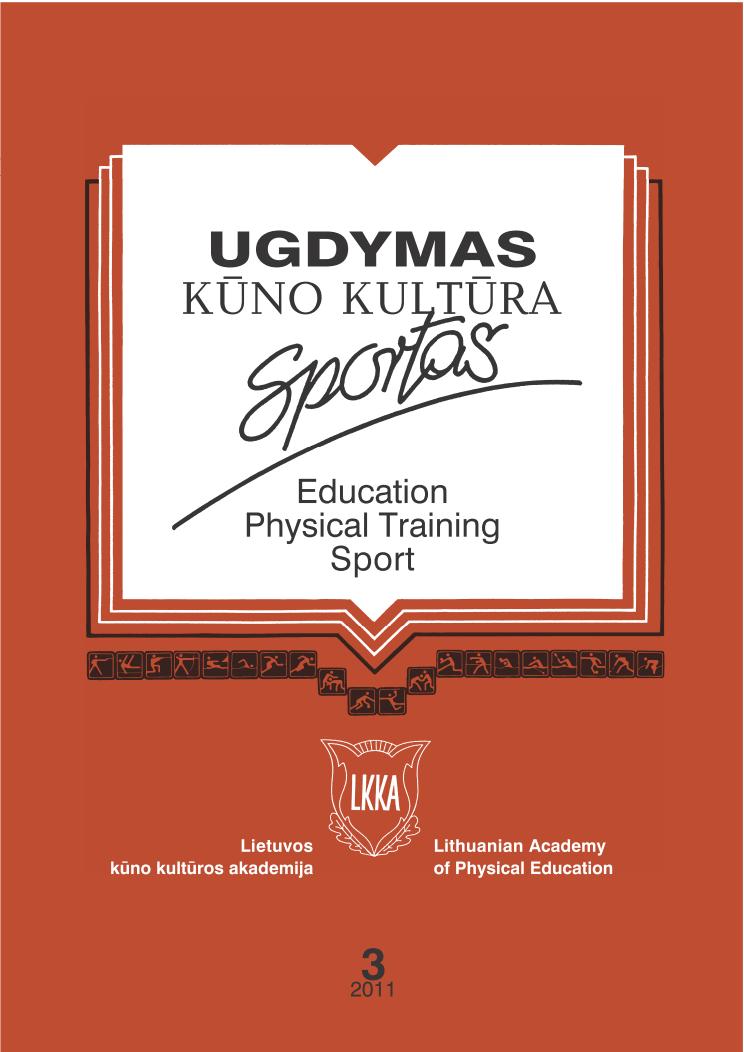Adjusting the Training Process in Judo According to Physical and Functional Parameters
Abstract
Research background and hypothesis. The specificity of the technical performance in judo demands from
athletes to perform fast and powerful actions at a high level, therefore, much importance is given to the development
of aerobic capacity and supporting motor system, in particular, strength of the hand-grip function.
Research aim was to study the judoka’s hand-grip strength and lung vital capacity indices in the aspect of age
and weight categories and find out the relation between those two factors as well as the most characteristic age period
of motor development.
Research methods. The studies were carried out in the preparatory periods of 2009–2011 training cycles. The
subjects were 2000 male judokas in 8 different weight categories. The measurements were made using a dynamometer
and dry spirometer. The obtained results were statistically processed by SPSS 19, using ANOVA test.
Research results. Research results showed that the judoka’s hand-grip and lung vital capacity average indices
increased in each higher age and weight category, but this increase was not regular. The most obvious period of
motor development at which increase in results was most noticeable was 13–15 years of age. The increase in the
hand-grip strength and lung vital capacity in the age and weight categories were inversely proportional, and we found
a correlation between them.
Discussion and conclusion. We suggest that there is a close relationship between motor system and the muscles
participating in respiration.
Keywords: hand grip, lung vital capacity, data dynamics, practical use.
Downloads
Published
Issue
Section
License
Copyright (c) 2018 Baltic Journal of Sport and Health Sciences

This work is licensed under a Creative Commons Attribution 4.0 International License.






